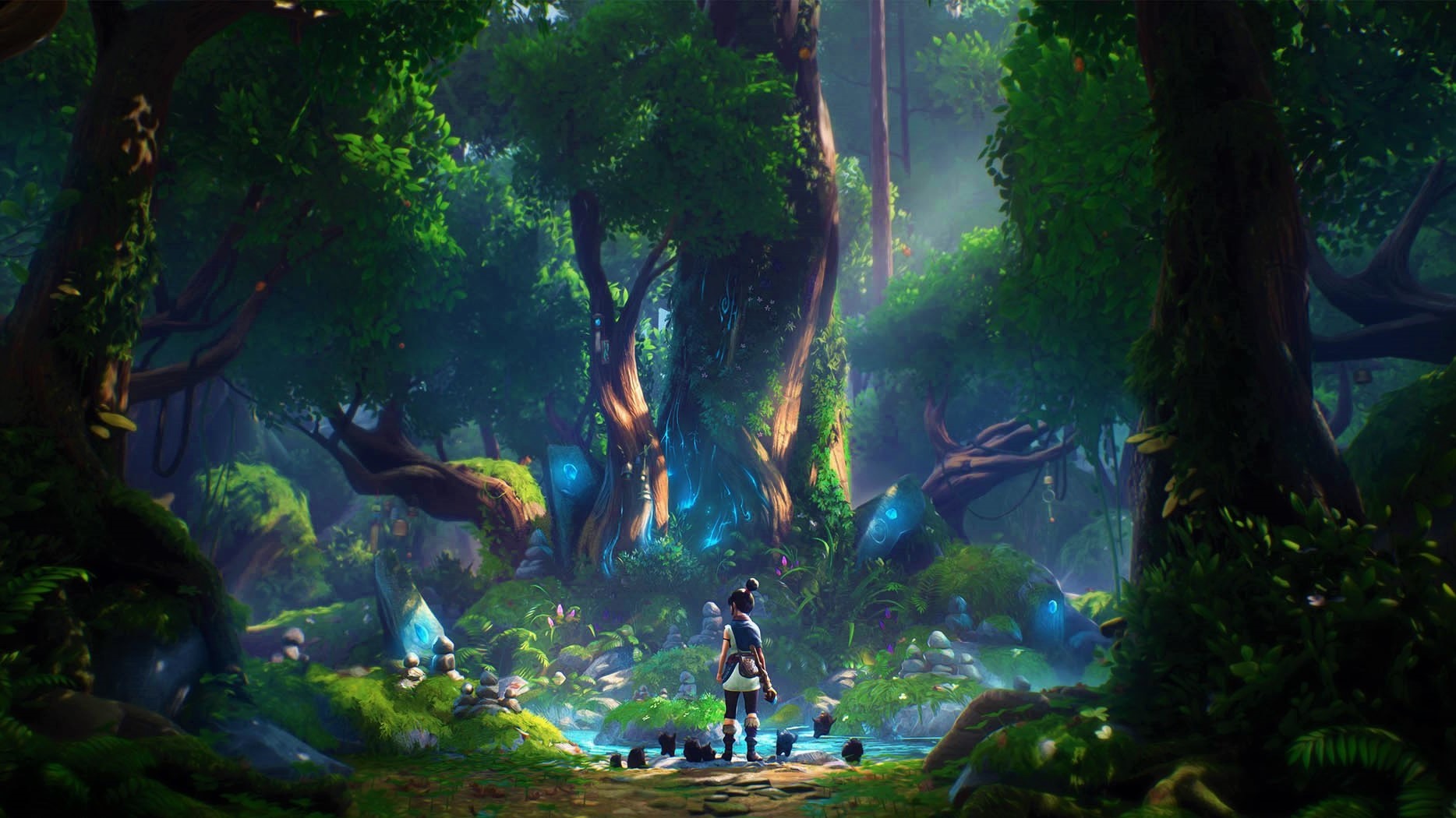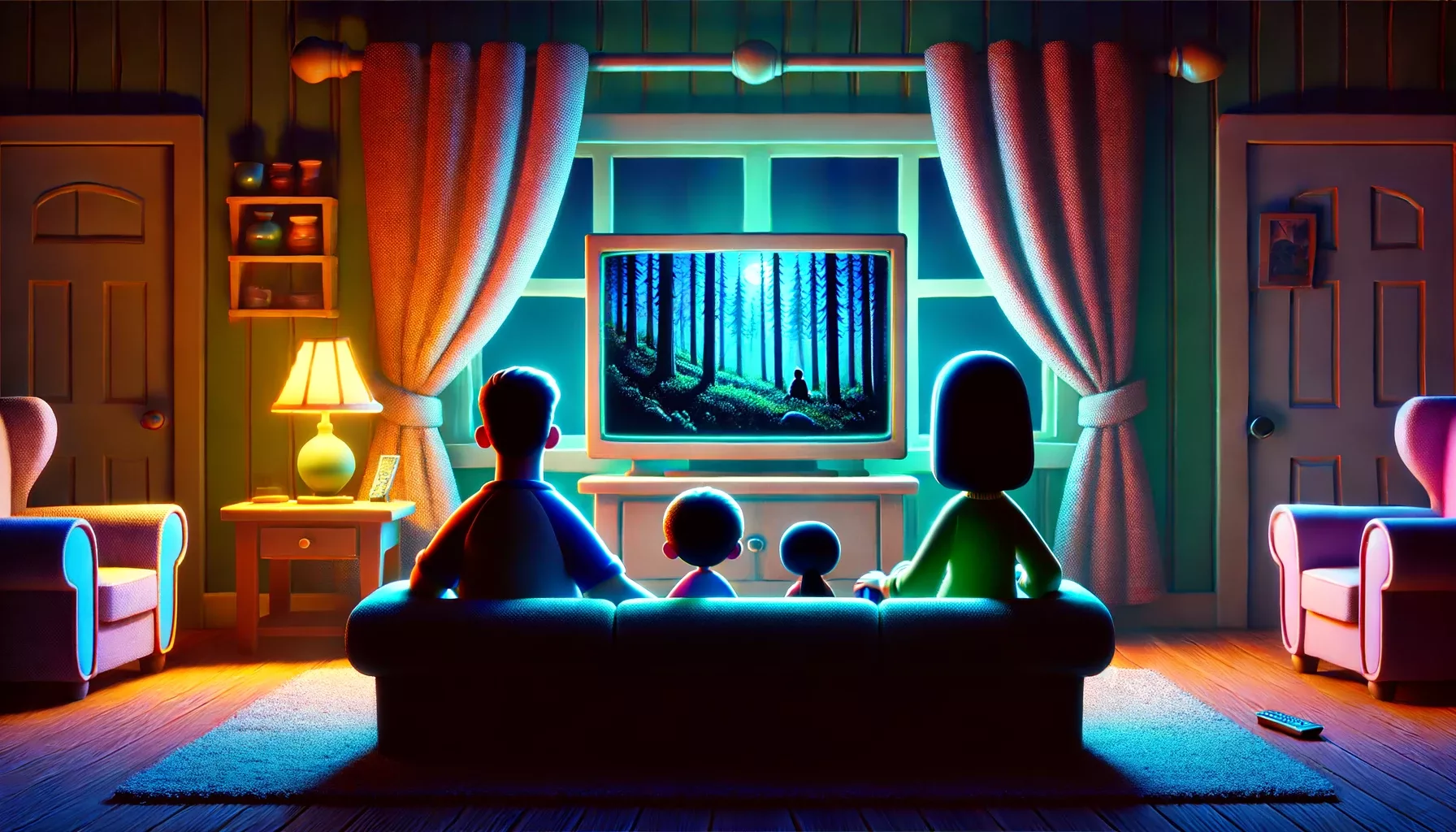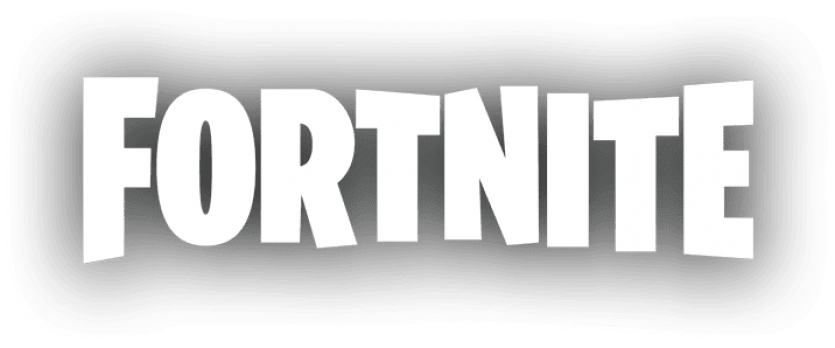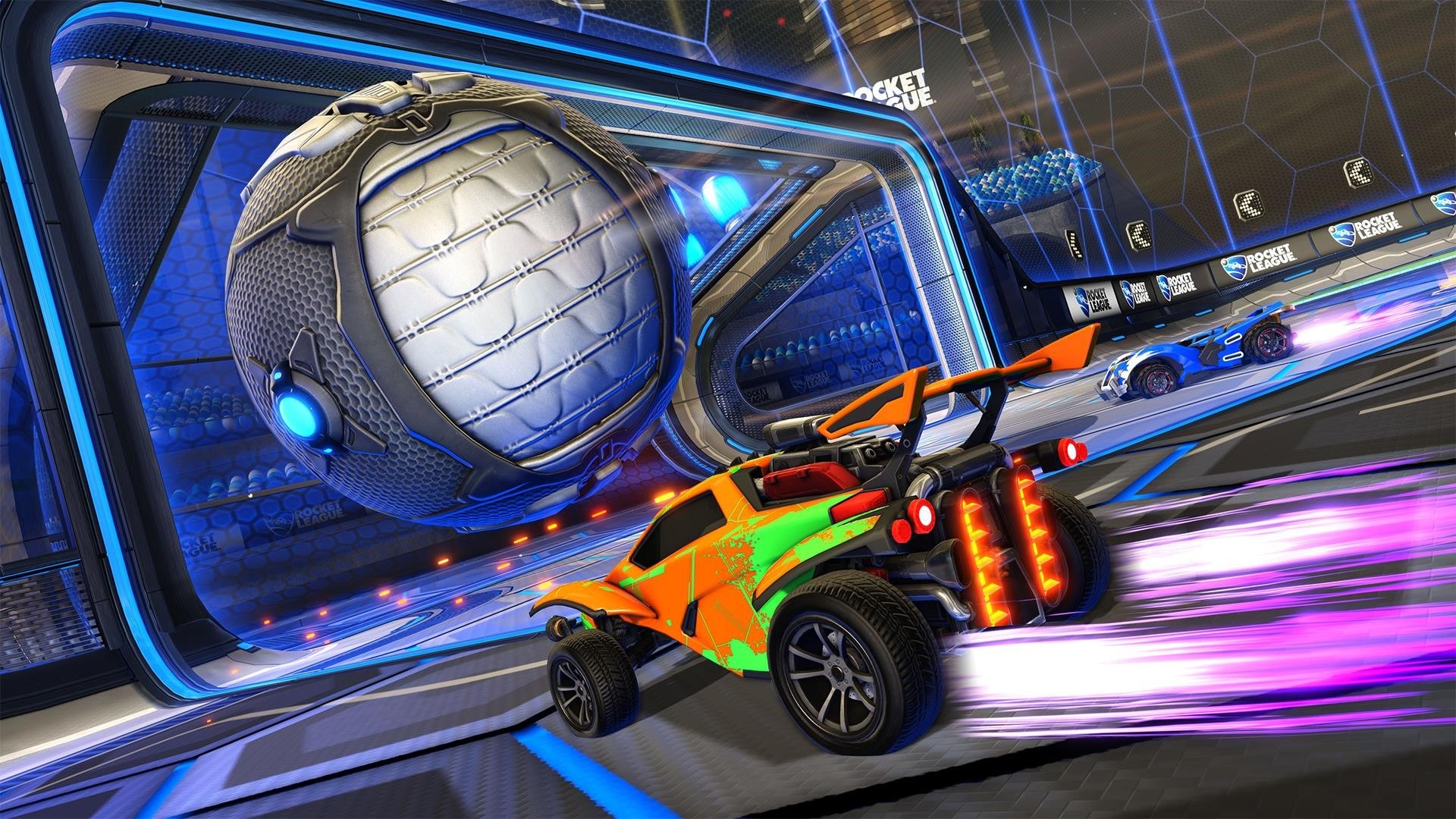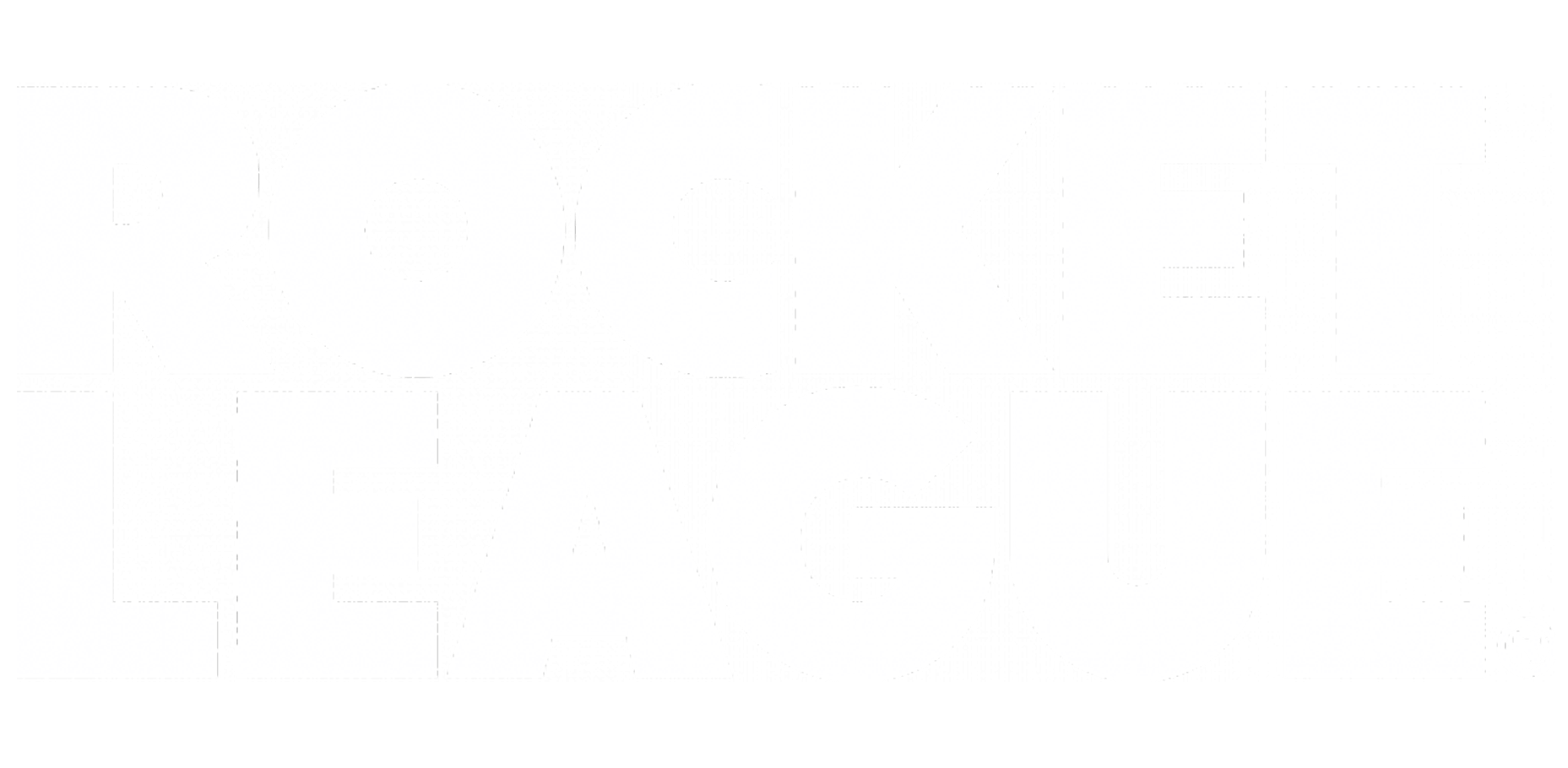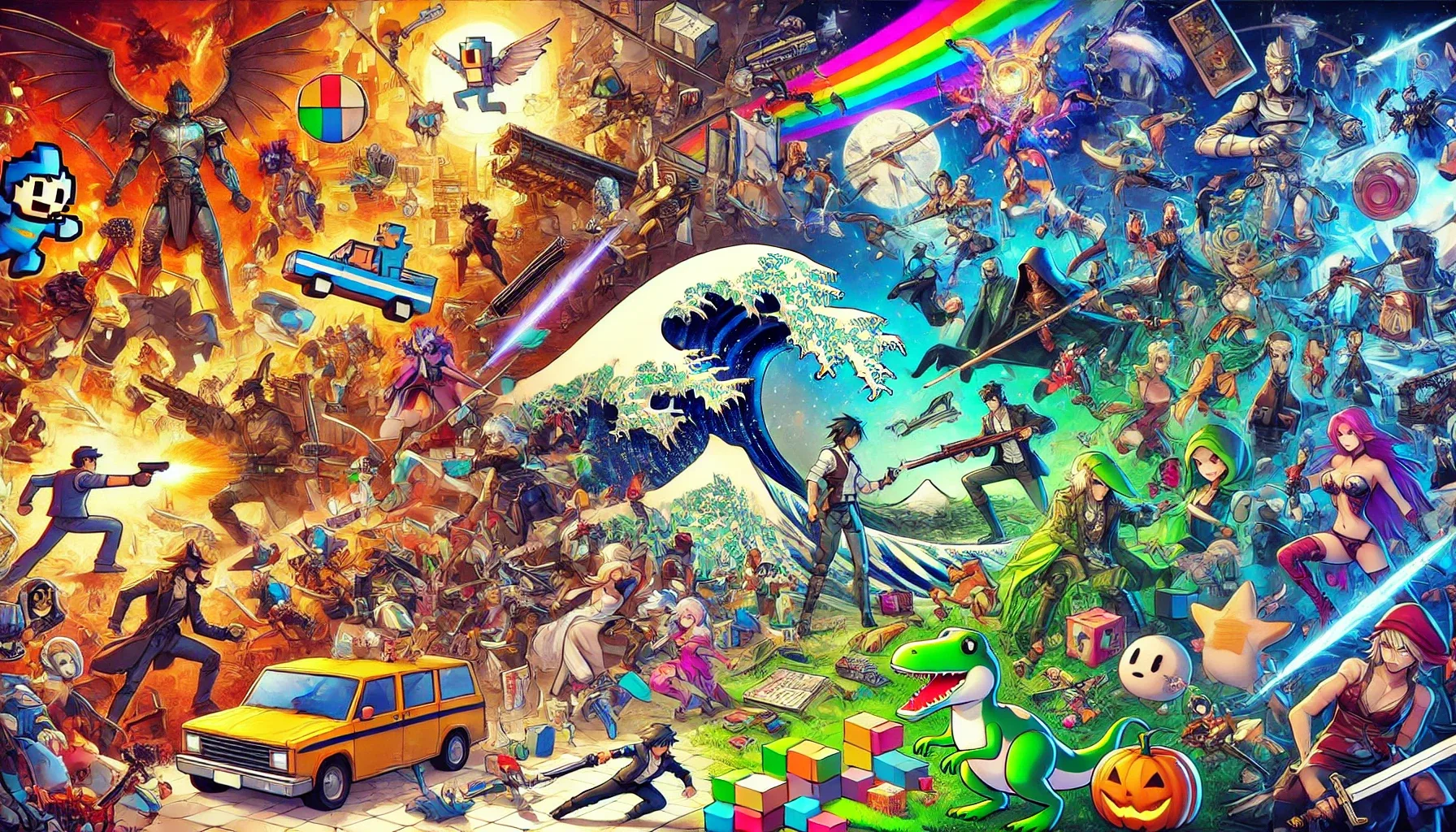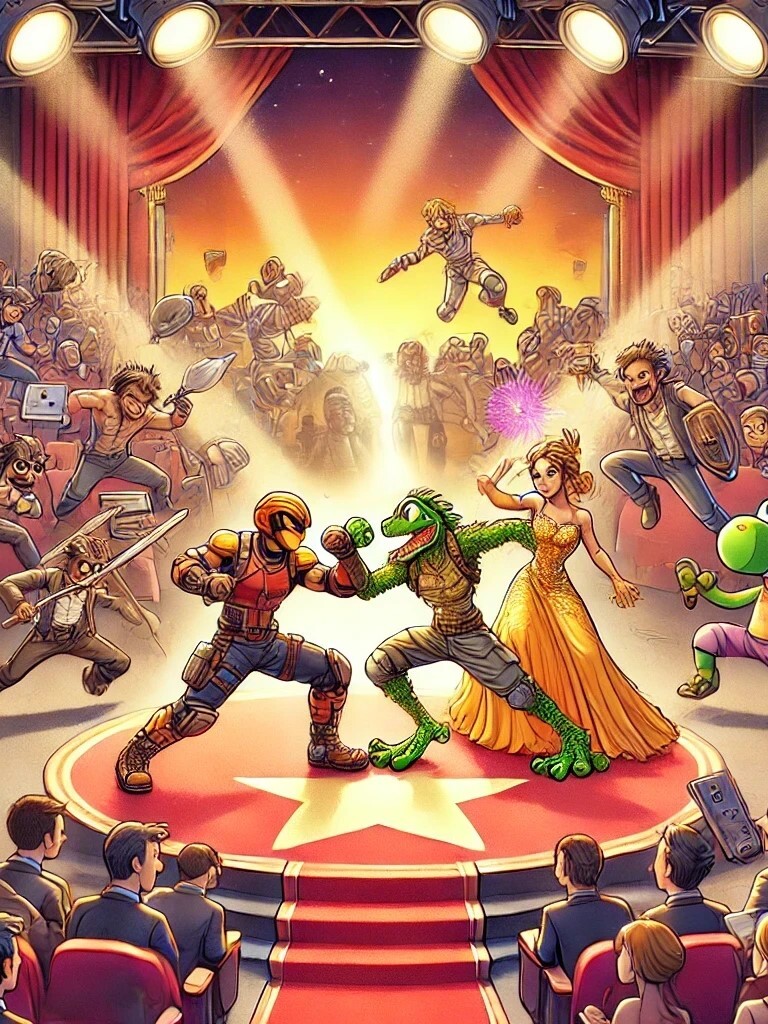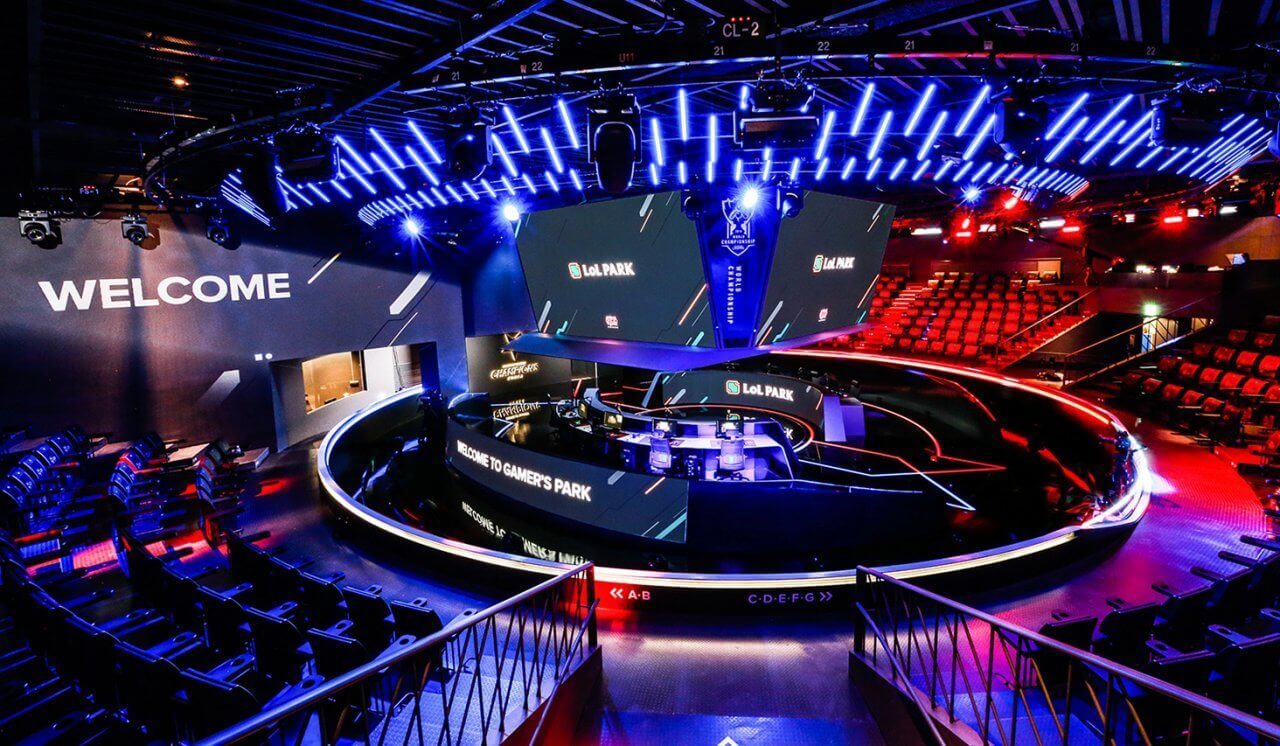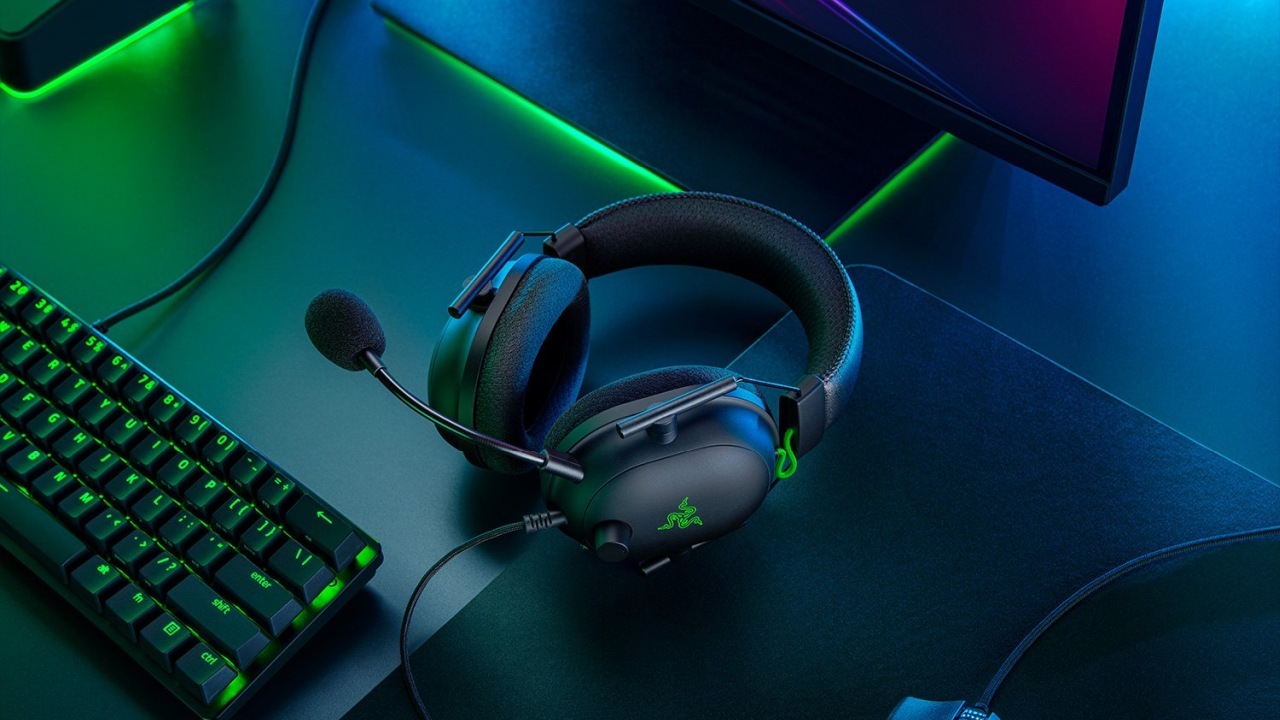Did you know there were Nintendo games that never saw a release in Japan or America? From regional exclusives to forgotten gems, here’s a playful look at the titles that slipped past the biggest markets.

It’s easy to assume that every great Nintendo game has found its way to either Japan or America – but that’s not always the case. Over the decades, a surprising number of titles have slipped through the cracks, charming players in obscure corners of the world while never making it to Nintendo’s biggest markets. Sometimes it’s licensing, sometimes it’s timing, and sometimes... who knows what Nintendo was thinking.
In this list, we’re diving into those oddball releases that stayed exclusive to unexpected regions. From weird spin-offs to lost gems, these are the Nintendo games that dared to exist everywhere but Japan or America. Buckle up – it’s about to get delightfully niche.
1000 Cooking Recipes from ELLE à Table (2010)

Not all Nintendo DS cartridges were about saving kingdoms or catching monsters – some were about dinner. 1000 Cooking Recipes from ELLE à Table transformed the DS into a portable cookbook, offering a sleek interface, voice commands, and more recipes than you’d ever need. Developed by Agenda and published by Nintendo, it carried a distinctly French flavor (literally and figuratively), blending lifestyle elegance with classic Nintendo accessibility. It was a surprisingly polished piece of software that treated food like an adventure. Strangely, this tasty idea never left Europe, leaving Japanese and American kitchens out of the loop.
City Transport Map 2009 (2009)
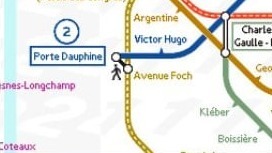
If you ever dreamed of using your DS as a subway guide, City Transport Map 2009 was exactly that kind of beautiful nonsense. It turned the DSi into a digital pocket map of major European cities, complete with routes, notes, and even the ability to bookmark favorite stations. Released quietly on DSiWare, it was part navigation tool, part tech experiment – and absolutely charming in its practicality. You could almost picture Nintendo’s engineers giggling at the idea of a “gaming console for commuters.” It never saw an American release, and its Japanese edition stayed separate, making the European one a true collector’s curiosity.
Active Health with Carol Vorderman (2009)

In 2009, Nintendo decided to make fitness personal – very personal – with Active Health with Carol Vorderman. The idea was simple but delightfully odd: pair a DS pedometer with a digital wellness coach voiced by a British TV presenter. Players tracked steps, meals, and daily activities while Carol cheered (and sometimes scolded) them along. It was half lifestyle tracker, half motivational experiment, and entirely European in spirit. The game never made it to Japan or America, which is a shame – because there’s something wonderfully retro about a fitness app that runs on a chunky dual-screen console.
Pocket Soccer (2001)
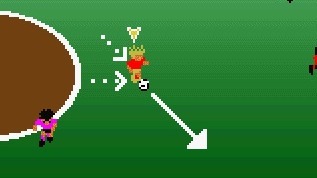
Sometimes simplicity scores the biggest win, and Pocket Soccer on the Game Boy Color proves it. Released only in Europe, this tiny football sim turned five-a-side matches into a quick, satisfying burst of portable fun. It had an unexpectedly deep roster system, letting players mix and match over 200 characters into customized teams. Despite being small in scope, it felt energetic, fast-paced, and just the right amount of chaotic for handheld play. Its low profile and cancelled Japanese and American releases only add to the legend – a little sports gem that somehow stayed on the bench everywhere else.
Zelda’s Adventure (1996)
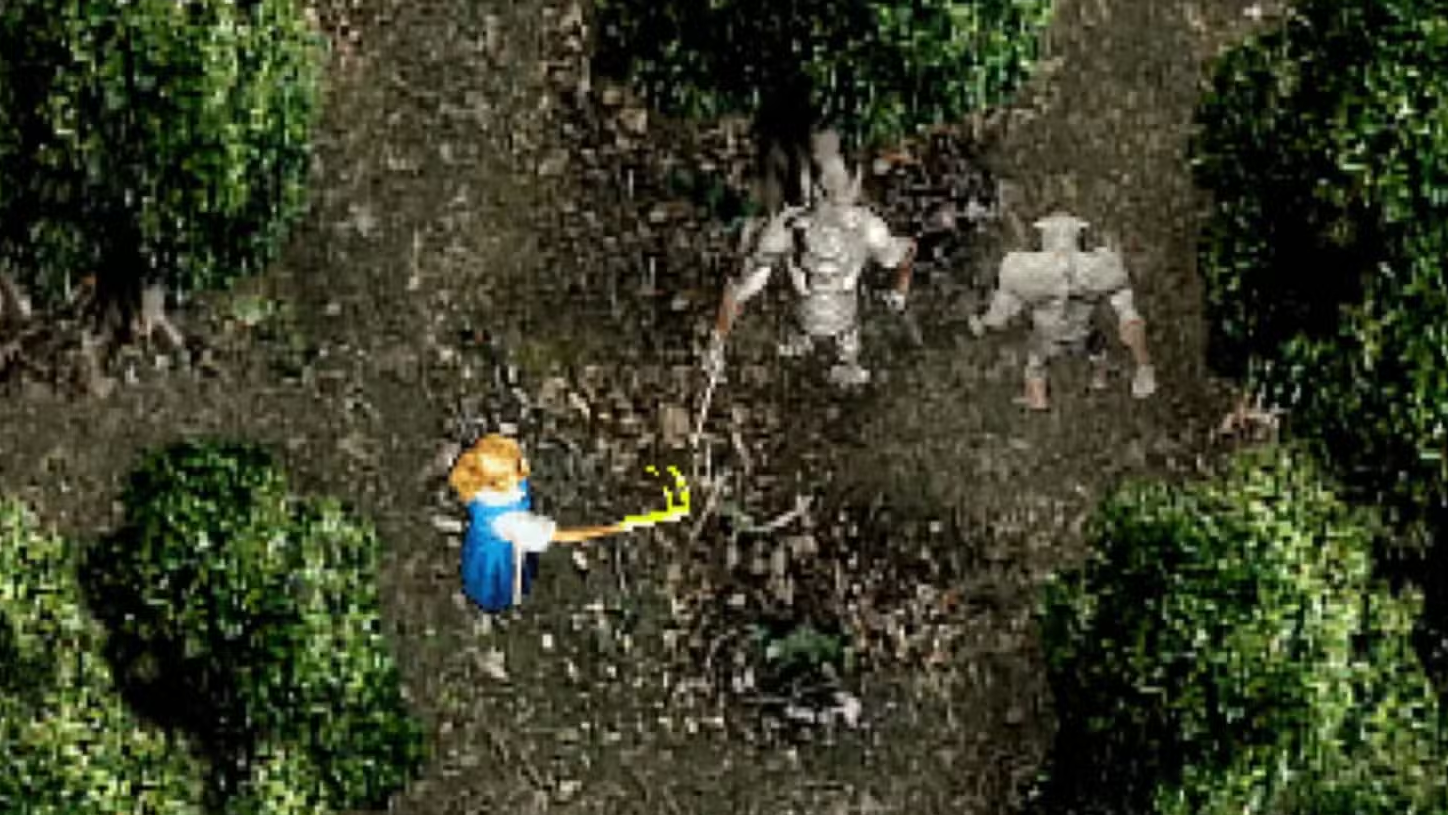
Ah yes, that Zelda game. The one where you don’t play as Link, the graphics look like an early screensaver, and the voice acting sounds like a VHS commercial – and yet it’s an official piece of Zelda history. Zelda’s Adventure was born on the doomed Philips CD-i, built by Viridis Corporation under Nintendo’s license, and released only in Europe. It let players control Princess Zelda on a quest to rescue Link, a rare role-reversal long before it became trendy. The tone was oddly solemn, the FMV characters weirdly hypnotic, and the controls… well, let’s say “memorable.” Even with its rough edges, it’s a fascinating what-if in Zelda’s long legacy.
Winter Gold (1996)
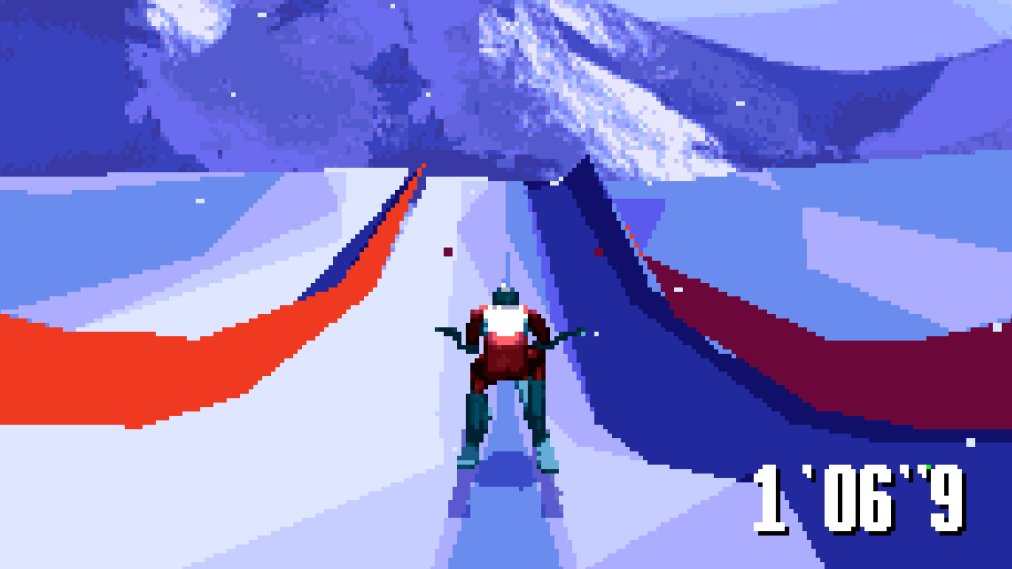
When most SNES owners were moving on to 3D consoles, Europe quietly got Winter Gold – a surprisingly sleek polygonal sports showcase built by Funcom and backed by Nintendo. It ran on the Super FX2 chip, the same tech behind Star Fox, which gave its ski jumps and bobsled runs a cinematic flair. The game was packed with icy attitude: techno beats, motion-captured athletes, and a presentation that screamed “late-’90s sports TV.” For some reason, it never saw daylight in Japan or America, making it one of the SNES’s final hidden gems. A snow-covered send-off that proved even old hardware could still look cool.
Game Boy Gallery (1995)
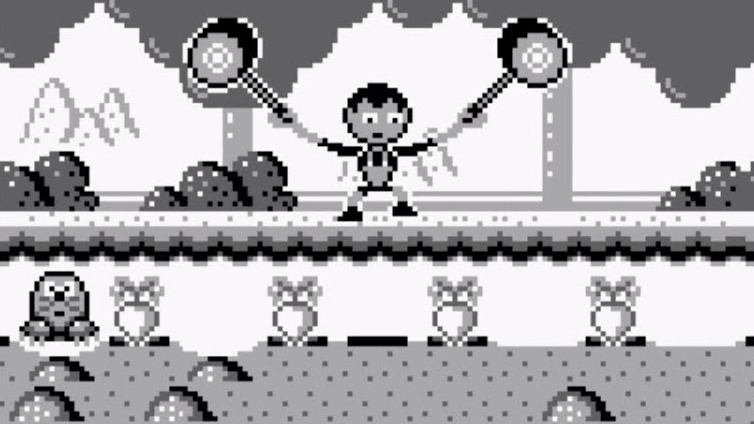
Before Game & Watch Gallery became a nostalgia machine in the late ’90s, Europe and Australia got a quiet little test run called Game Boy Gallery. It packed five handheld classics – Ball, Vermin, Flagman, Manhole, and Cement Factory – into one unassuming cartridge that most players outside those regions never even heard of. It was a snapshot of Nintendo rediscovering its roots, giving portable gamers a taste of its pre-Mario history. The compilation has no flashy menus or color upgrades, just pure, old-school timing-and-reflex fun. Today it feels like the prequel to a much bigger retro revival, hiding in plain sight on European shelves.
Mario Bros. (Classic Series version) (1993)
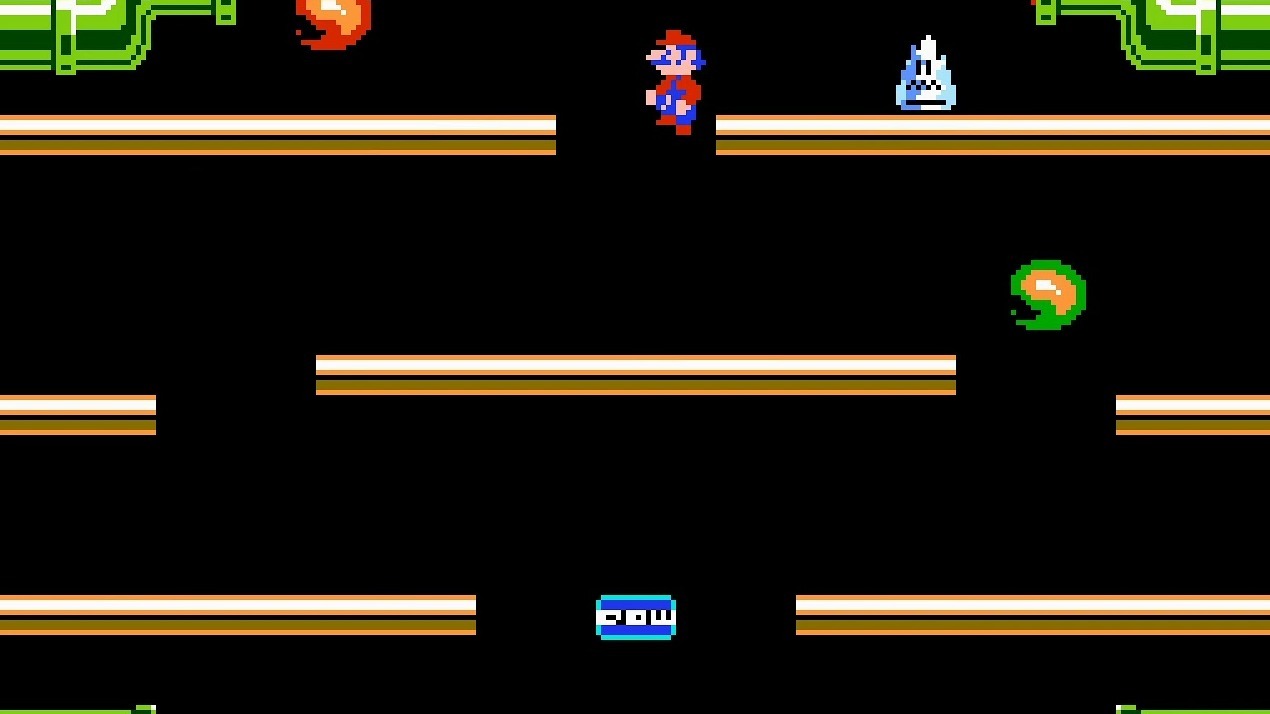
Europe got something special in 1993 – a tweaked re-release of Mario Bros. under the “Classic Series” label that somehow never crossed into Japan or America. It played like the original arcade hit but added those icy hazards and movement refinements that made it feel a little fresher. The presentation was crisp, the controls snappier, and the whole thing radiated early-’90s Nintendo charm. It’s the kind of version that makes collectors grin and completionists sigh. Why it stayed European-only remains a mystery, but that exclusivity gives it a strange prestige among Mario fans who crave every variation of the plumber’s history.
Magnetic Soccer (1992)
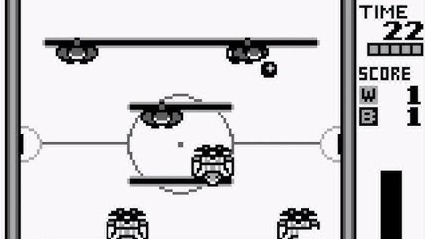
Somewhere between a Game Boy and a tabletop foosball table lives Magnetic Soccer, a European-exclusive oddity that turns sliding rods and spinning players into a pocket-sized video game. It’s not the most fluid sports sim, but there’s something delightfully earnest about its simplicity – rows of little players clacking around like toys on caffeine. The idea came straight from Nintendo’s playful side: take something ordinary and make it weirdly competitive. You could even switch between surfaces like grass or ice, which changed the speed of play just enough to keep things lively. It’s goofy, charming, and exactly the kind of release that deserved a wider audience.
